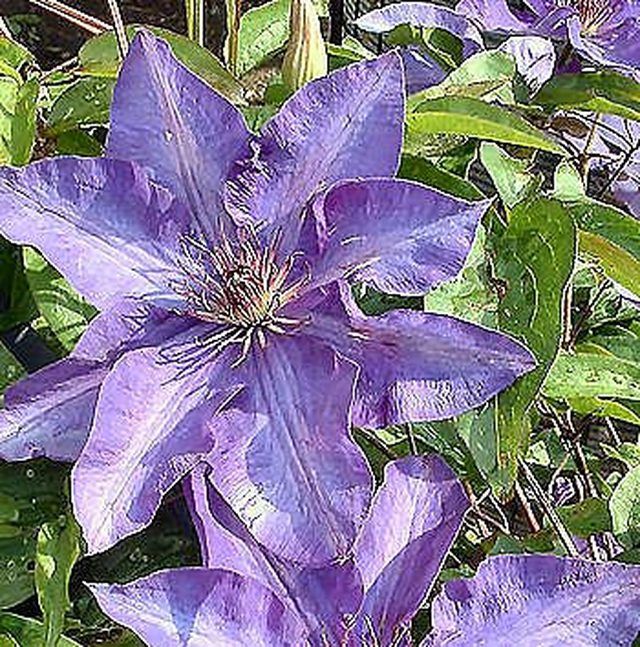Bulbs
Flower Basics
Flower Beds & Specialty Gardens
Flower Garden
Garden Furniture
Garden Gnomes
Garden Seeds
Garden Sheds
Garden Statues
Garden Tools & Supplies
Gardening Basics
Green & Organic
Groundcovers & Vines
Growing Annuals
Growing Basil
Growing Beans
Growing Berries
Growing Blueberries
Growing Cactus
Growing Corn
Growing Cotton
Growing Edibles
Growing Flowers
Growing Garlic
Growing Grapes
Growing Grass
Growing Herbs
Growing Jasmine
Growing Mint
Growing Mushrooms
Orchids
Growing Peanuts
Growing Perennials
Growing Plants
Growing Rosemary
Growing Roses
Growing Strawberries
Growing Sunflowers
Growing Thyme
Growing Tomatoes
Growing Tulips
Growing Vegetables
Herb Basics
Herb Garden
Indoor Growing
Landscaping Basics
Landscaping Patios
Landscaping Plants
Landscaping Shrubs
Landscaping Trees
Landscaping Walks & Pathways
Lawn Basics
Lawn Maintenance
Lawn Mowers
Lawn Ornaments
Lawn Planting
Lawn Tools
Outdoor Growing
Overall Landscape Planning
Pests, Weeds & Problems
Plant Basics
Rock Garden
Rose Garden
Shrubs
Soil
Specialty Gardens
Trees
Vegetable Garden
Yard Maintenance
How to Plant and Care for Clematis
How to Plant and Care for Clematis. Clematis is a wonderful flowering vine that is known to many in the gardening world as the "Queen of the Climbers". While clematis takes a few years to establish a strong root base before it hits it's stride in the blooming department, it is definitely worth the wait. This plant climbs up to 12 feet...

Clematis is a wonderful flowering vine that is known to many in the gardening world as the "Queen of the Climbers". While clematis takes a few years to establish a strong root base before it hits it's stride in the blooming department, it is definitely worth the wait. This plant climbs up to 12 feet high and spreads 3 to 4 feet wide. If planting more than one follow the steps below spacing the plants 3 to 4 feet apart.
Things You'll Need
compost
soil
trellis or fencing
pruning shears
In the spring or early summer, dig a hole one foot deep and one foot wide.
Mix the soil from the hole with compost, working it until it maintains a loose rich texture. Ideally this should leave you with a very dark soil.
Create a mound in the bottom of the hole using the enriched soil. Place the plant above the mound and allow the roots to trail over the mound.
Cover the roots and fill in the hole with the enriched soil, keeping the crown of the plant about 2 inches below the soil level. This plant likes shade on the bottom and sun on the top.
Water at planting and regularly for the first season,( I prefer to water in the morning or evening and do so every other day.) after that you should only need to water in extreme dryness and drought.
Install a piece of trellis or fencing behind the Clematis to give it support as it grows and a foothold for climbing.
To promote blooming and keep your Clematis healthy, prune as needed after the blooming season, and in preparation for the blooming season prune in late March each year.
Tips & Warnings
Adding mulch to the base of the Clematis will help maintain moisture and as the mulch breaks down it will provide the plants roots and soil with nutrients and organic additives.